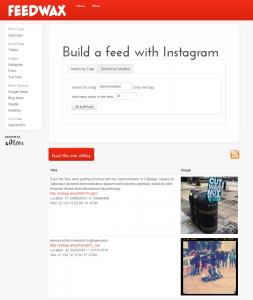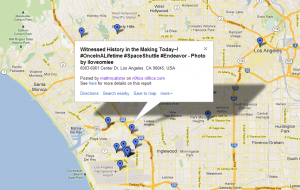We’ve been rolling out a pretty comprehensive upgrade to n0tice this month. We called it n0tice 2.0 in the press release which is here. Journalism.co.uk and TheNextWeb both covered the launch well.
One of the biggest elements of this most recent push is the marketing campaign. We always knew that the hard part of starting a new brand like n0tice was developing a meaningful and robust community. The tech would come more easily. So, this campaign is designed to address that and to show people the power of this platform – why n0tice should matter to local communities, how it’s different, what can be done with it, what impact it can have, etc.
I’ll go into more detail on the approach another time, but I wanted to show some of the campaign assets developed by our partner LBi.
First, here’s a living infographic that pulls in live data from n0tice:
It shows what people are posting to the My High Street noticeboard, a space we setup to encourage people to see and share things that they want to either celebrate or change about their local neighborhood. We want to demonstrate how n0tice can actually help communities unite into action…that shared observation is a powerful thing.
Second, here’s a short video interviewing local activists around the UK about what’s happening to the High Street (that’s “Main Street” for my American friends) and how people are sharing local information:
The positioning of this first campaign in the series is spot on with what inspired n0tice in the first place (1, 2).
But there’s some clever tech involved in the campaign, too, in the way we it works with Twitter and Instagram, in particular. Engaging people in the social spaces they already inhabit is very important to making outreach effective.
We have some really interesting campaigns in the series that will follow this, including one that went live already. It’s all about encouraging people to #keepcycling during the winter months.
This campaign will result in many lessons and examples for different types of communities to use in order to model local activism and community building that is meaningful for them. We’ll document more of it as we go along.

